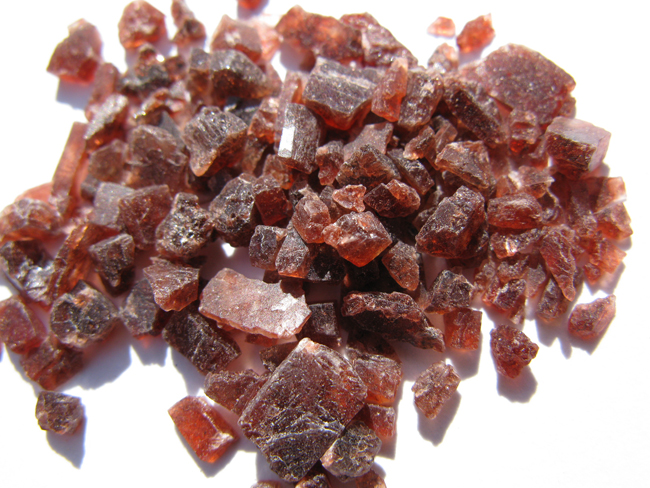Korean Bamboo Salt is a luxury product that can cost over $100 per 8.5-ounce (240g) jar. The price is mostly dictated by the laborious process of making it, which involves roasting it 9 times in bamboo cylinders.
If you thought pink Himalayan salt was expensive, you probably haven’t heard of actual luxury salt varieties. There are actually a bunch of them, including soy salt and pitch-black Kilauea Onyx salt, but at the very top of the list is Amethyst Bamboo, a Korean variety made by filling bamboo cylinders with sea salt, capping them with Loess clay and roasting it nine times in a traditional kiln. It’s a complex process that takes an entire month to complete. Every step is done by hand, so it’s no wonder that the salt can sell for over $100 per jar.

Bamboo salt has been a part of Korean culture for hundreds of years, but 9x-roasted bamboo salt only dates back to the 20th century. Before that, the salt was only baked in bamboo two or three times, but it was later discovered that multiple roasts helped infuse more of the bamboo essence into the salt and also filtered out more impurities, making one of the purest salts on the planet.
Making Amethyst Bamboo Salt starts with cutting 3-year-old bamboo trunks into cylinders, leaving one end closed off, and filling them with sea salt from South Korea’s west coast. The other end is then sealed off with a special ceramic-type clay. The cylinders are then placed into a kiln and roasted over a pinewood fire, at temperatures close the salt’s melting point (800 degrees Celsius).
As the bamboo heats up, oil comes out from the wood and is absorbed into the salt, allegedly giving it a complex aroma as well as alleged health-enhancing properties. After 14-15 hours, the bamboo cylinders are rendered to ash, leaving only the lumps of salt, which are then ground and packed in bamboo cylinders again. In all, the process is repeated eight times.
The ninth roasting process is a bit different, as the salt is now baked at around 1,000 degrees Celsius, which causes the salt and bamboo to melt completely. The mixture is then drained into a mold, and left to solidify for several days. The rock-like salt is then broken off by hand, packaged and sold. This last stage of the process is the trickiest, as one mistake can result in the waste of 30-50 days of hard work.
Amethyst Bamboo Salt is said to be the purest bamboo-roasted salt in the world, and to also have the highest mineral content. Some praise it for the complex, egg yolk-like flavor that is said to be given by the bamboo oil it is infused with, and there are many who believe it has medicinal properties.
Although scientific studies have yet to prove the health benefits of consuming 9x-roasted bamboo salt, proponents of the luxury product can help digestion and improve oral health, decrease inflammation and some even think that it has anticancer effects.
Whether Amethyst Bamboo Salt is actually better for you, or if it even tastes better than regular table salts is still debatable (it’s still mostly sodium chloride), but there is no denying its luxury price tag. With prices exceeding $100 per 240g jar, this is the most expensive salt in the world.












